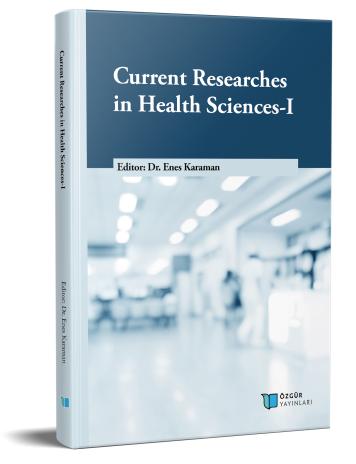
Genetic Mechanisms of Chromosome Nondisjunction in Human
Chapter from the book:
Karaman,
E.
(ed.)
2023.
Current Researches in Health Sciences-I.
Synopsis
The human genome is very delicately balanced. Because maintaining a balance in gene dosage and protein activity is essential for maintaining normal cellular functions. One of the most common causes of genetic diseases in humans is chromosomal failure and chromosomal numerical irregularity (Aneuploidy). Missegregation or non-separation of chromosomes in meiosis is common in humans. The most common chromosomal abnormality (CA) in humans is aneuploidy. Aneuploidy is one of the most important causes of reproductive biology and reproductive diseases. It causes major developmental and structural abnormalities and often embryonic death in mammals, especially in early development. Aneuploidy is a condition with abnormal and highly variable DNA and chromosome content found in both hereditary disorders and human malignancy. Chromosome non-separation is associated with advanced maternal age. However, the reason for the dramatic increase in aneuploidy and especially trisomies with age is unknown. There is evidence to suggest that chronological age is less important than biological age for trisomy risk and that some women, regardless of their chronological age, are at higher risk of having a trisomy pregnancy again. It is known that increased aneuploidy in somatic cells is associated with a decrease in telomere length, an increase in replication asynchrony at centromeres and loci, and advanced age. Many people are exposed to environmental genotoxic agents. Genotoxic agents and late marriages are known to cause aneuploidy. In our numerous studies, it has been confirmed that genotoxic substances are associated with chromosome damages (1-14). Cigarettes, mobile phones and harmful rays can cause structural and numerical chromosome damage and potentially increase the level of aneuploidy in the fetus.

